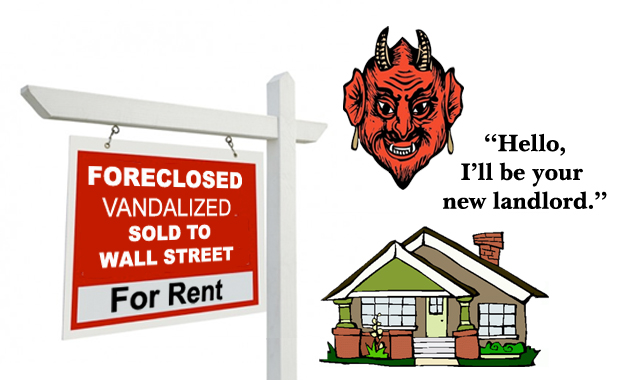
What Sells When | Analyzing Price and Time Patterns for Single Family Homes to Identify Best Practices for Aggregating REO Properties for Bulk Sales
Executive Summary
As the housing crisis has persisted, demand for rental housing has increased while homeownership rates have dropped to 15-year lows.1 Over the course of the past few years, policy makers and market analysts have come to recognize that the shifting nature of demand for housing will require the transition of large numbers of single-family houses into the rental stock. Indeed, investors have already been buying up an increasing share of single family properties, rising to an estimated 27 percent of all home sales in 2011, up from 17 percent in 2010.2 A recent study of REO properties in Fulton County found that 68 percent of low-value (<$30,000) properties and 42 percent of moderate-value ($30,000-$99,999) properties likely sold to investors.3 The combination of declining property values and rising rents makes rental of single family properties a potentially lucrative investment for the buyers.
Despite the high volume of foreclosed properties flowing into the market, however, the disposition process used by REO holders, including private servicers, Fannie Mae, Freddie Mac, and the Federal Housing Administration, have not substantially shifted their REO sales process away from a retail approach that seeks to sell each property one at a time, with little recognition that the sales process itself impacts the recoveries on future sales.
Using data from property listings and sales data from Gwinnett County, Georgia, for distressed and non-distressed properties first put up for public sale in 2010, this paper analyzes the behavior of properties over their full listing period, regardless of whether they ultimately sold, in an effort to inform a strategy that would maximize returns to REO holders and protect neighborhoods and communities against further price declines.
Full paper below…
~
4closureFraud.org
~

What I want to know is who is this author? And who paid for this paper? No one does this kind of research and puts out a paper because they are nice guys. A disclaimer on every page indicates that it did not come from PEW (Sunoco founded think tank) but from the author….who is this person?